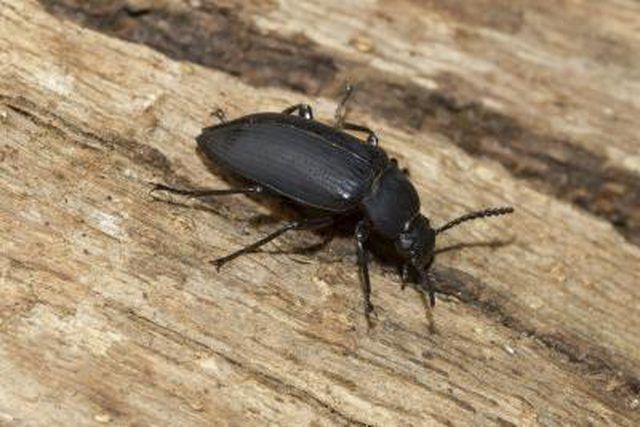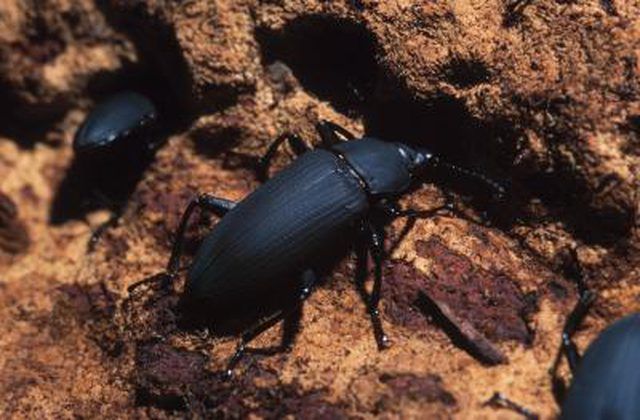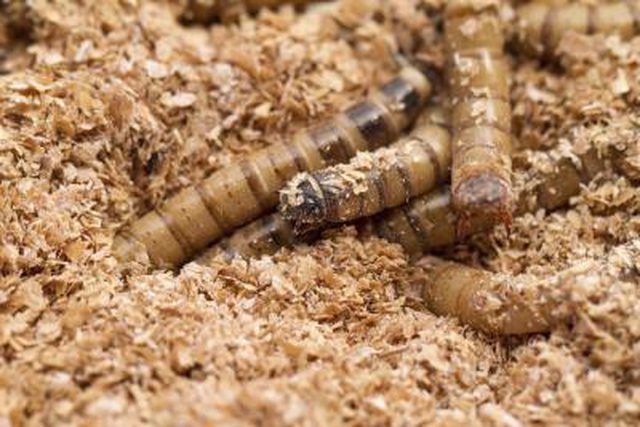Bulbs
Flower Basics
Flower Beds & Specialty Gardens
Flower Garden
Garden Furniture
Garden Gnomes
Garden Seeds
Garden Sheds
Garden Statues
Garden Tools & Supplies
Gardening Basics
Green & Organic
Groundcovers & Vines
Growing Annuals
Growing Basil
Growing Beans
Growing Berries
Growing Blueberries
Growing Cactus
Growing Corn
Growing Cotton
Growing Edibles
Growing Flowers
Growing Garlic
Growing Grapes
Growing Grass
Growing Herbs
Growing Jasmine
Growing Mint
Growing Mushrooms
Orchids
Growing Peanuts
Growing Perennials
Growing Plants
Growing Rosemary
Growing Roses
Growing Strawberries
Growing Sunflowers
Growing Thyme
Growing Tomatoes
Growing Tulips
Growing Vegetables
Herb Basics
Herb Garden
Indoor Growing
Landscaping Basics
Landscaping Patios
Landscaping Plants
Landscaping Shrubs
Landscaping Trees
Landscaping Walks & Pathways
Lawn Basics
Lawn Maintenance
Lawn Mowers
Lawn Ornaments
Lawn Planting
Lawn Tools
Outdoor Growing
Overall Landscape Planning
Pests, Weeds & Problems
Plant Basics
Rock Garden
Rose Garden
Shrubs
Soil
Specialty Gardens
Trees
Vegetable Garden
Yard Maintenance
How to Identify Black Beetles
How to Identify Black Beetles. Identify black beetles, often called carpet beetles, to determine if your home or warehouse has an infestation. The larva of these insects eat natural animal fibers and dry cereals. It's common to find an occasional specimen of this variety of beetle, but the presence of several usually indicates an infestation with...
Identify black beetles, often called carpet beetles, to determine if your home or warehouse has an infestation. The larva of these insects eat natural animal fibers and dry cereals. It's common to find an occasional specimen of this variety of beetle, but the presence of several usually indicates an infestation with larvae destroying fabric or contaminating food. Preventive practices can help avoid insect population, but serious cases call for professional pest control. Look for black beetles, their larvae and food sources to ensure against infestation.

Step 1
Examine the adult beetles. Adult black beetles are about 1/8-inch long with the classic oval beetle shape. The head and wings that cover the body are typically shiny black, but they may show a deep reddish brown color. The adult beetle often is seen indoors on a windowsill or carpet.

Step 2
Look at the larva. These crawling worms are 1/4-inch long with bristly tufts of hair and yellowish white and brown alternating horizontal stripes. The larvae are found in dark places that supply food such as furs, silks and wool items in storage, or boxes and bags of dry cereal or ground grain.

Step 3
Check the larva food supply. Damaged garments and contaminated foods will show signs of the black beetle larva. The larva molt 6 to 11 times in the course of one to three years at this developmental stage. The shed skins look just like the larva themselves. These remains distinguish black beetle larvae from moth larvae that leave webs behind on eaten fabrics.
